Using the guide below, you will be able to maintain your vehicle in top shape without paying a mechanic hundreds of dollars for all those pesky minor items you can easily do yourself; things like checking your fluids, or checking for problems under the hood. Don't pay those professionals your hard earned money for little things that will take moments to fix.

Car maintenance and upkeep for the novice
by cherylone
Not all of us are knowledgeable about how to check the oil, or where the windshield fluid goes, so I have created a car maintenance list for the novice in all of us.
When you purchase your car, whether new or used,
Insist on the dealer or seller providing you with an owner’s manual for the vehicle. The owner’s manual contains information on how to change things like headlights and also tells you where everything is located. It will give you a list of part numbers in case anything needs to be replaced, and will tell you what types of fluids to use. It will also give you a detailed listing of optimum settings for things like tire pressure in the winter and summer. If you already have a vehicle and it doesn’t have an owner’s manual, consider going on-line or to a local dealership to purchase one, they come in very handy!
When you approach your car, do you look underneath to see if anything might be leaking?
You should! Fluids leak all the time from loose connections, broken hoses, etc. If you have a leak, you could cause serious damage to your engine and you might find yourself stranded on some dark empty road in the middle of the night because your car broke down. PS: in the summer, if you run the air conditioner, water will naturally leak from the process; so don’t panic if you see liquid and it is summer, simply move the car and make sure it is water and not some type of fluid from the engine. Fluids from an engine are usually red or give a rainbow hue in the sun or when mixed with water.
Check your fluid levels often, about once a month.
That includes your oil (oil level should be checked while the engine is cold), brake fluid, transmission fluid (transmission fluid should be checked while the engine is hot and the vehicle is level), anti-freeze (check when the engine is cold), steering wheel fluid, and windshield washer fluid. Add any if needed. This is where your manual will come in handy because it will tell you where all of these things are located and give you detailed instructions on how to check them. Also, it will tell you what fluid is recommended for your particular vehicle.
NOTE: Often the manufacturer will put the information on a label somewhere under the hood and may mark each of the items with what they are. When you check your fluid levels, you should also check hoses and belts for wear marks and holes. Check the engine for oil leakage (if it is very dirty there might be a problem). Only the oil and the transmission has a dip stick, all other items simply require removing the cap and looking in.
To check oil and transmission fluid levels:
To check your oil: Make sure the car is cool. Open the hood and locate the oil “dip stick” which is usually located near the oil refill spout. Pull out the stick and wipe it clean on a paper towel or clean rag. Re-insert the stick all the way and then pull it out once more. Look at the level of the oil on stick. There should be marks on the stick showing “Optimum full”; “low”; and “very low”. If no oil shows up on the dip stick you are dangerously low of oil and should put oil in immediately (usually put only one quart in and remeasure). If your engine runs out of oil, it could catch fire.
To check your transmission fluid: Make sure the engine is hot and the car is sitting relatively level. Locate the “dip stick” for the transmission fluid, usually located towards the back of the engine, and check the level as with the oil above. If the level is low, you should put fluid in immediately (according to your manual’s recommendation). Low transmission fluid can cause shifting issues and damage to the transmission.
Be sure to check the cap before putting in fluid. Each cap should say what it is or give some indication as to what it is for. Never try to put fluids into the engine through the dipstick access.
Check your tire pressure every time you fill up with gas.
Keep a tire gauge in your car for this purpose. Most stations offer air (and you can usually get them to turn it on for free-be sure to ask before you put money in). If you look inside the door of the driver's side, there should be a sticker that tells you what the pressure should be for each season (and of course the manual should tell you). This gives you better gas mileage by having the optimum pressure. (NOTE: the tire valve cap is there to protect your tire valve from leaking, do not lose it!) Check your tires for bubbles or deep rubs or scrapes each time you check the pressure because such things could cause the tire to become weak and blow. To use a tire gauge, remove the valve cap and place the end of the gauge over the valve opening. If you have placed it correctly you should hear a short burst of air and then the gauge should tell you the tire pressure. If you need to remove some air, just push the little center piece of your valve to one side until you hear air escaping. Check pressure often during this process.
Try to keep your gas tank at least 1/2 full.
This practice will prevent the sediment that rests in the bottom of your tank from getting into your engine. If you can’t keep it 1/2 then minimum is 1/4. Use fuel injection cleaner each time you change the oil (or whatever fuel cleaner your vehicle calls for). This ensures that the engine receives the optimum amount of fuel and will run smoother wherever you travel.
You should get your oil changed every 3,000 miles.
If you are having a mechanic that you trust do the work, you can ask them to check all of your hoses and belts as well (only do this if you trust them, some mechanics are not trustworthy and might damage something so that you have to spend more money). Be sure your air filter is also changed at this time, if needed. Your manual can tell you how to check the air filter and if it is one that should be cleaned or replaced. Air filters may need to be changed more often if you drive through dusty areas or through a lot of dirt and debris.
Rotate your tires every 6,000 miles.
Use the 'X' method--Front right with rear left; front left with rear right. This gives you better gas mileage and increases the life of your tires. If you put a penny in the tread of your tire (President Lincoln’s head first) and you can see all of the head, you need new tires because your tread is too low.
When you put new tires on your car, make sure they are the size that the manufacturer has recommended.
The tire size affects your speed and your gas mileage. With different sized tires, you may be going 65 according your speedometer but in reality you might be going 75. Be careful with this one because officers don’t look kindly on people who swear they were doing one speed when the officer clocked them much faster!
Check your wiper blades (the soft rubber part) often.
They can get brittle, nicked, or worn down quickly depending on how much and when you use them. Replace at a minimum twice a year (just before winter and just before summer). Remember to check the back one if you have one-this often gets overlooked. Check your wiper arms for damage and ensure that your motor is working properly BEFORE the rain and snow begins. NOTE: Wipers come in very different sizes even varying from the driver’s side to the passenger side. Be sure to check with your owner’s manual or a parts manual at the store before you purchase. Most places that sell wiper blades have some type of parts book. Directions for replacing blades are usually on the back of the package.
Have a friend help you verify that all of your lights are in full working order.
Have them stand in the back of the car while you hit the brakes, turn the lights on and off and turn each signal on and off; they can tell you if any of them fail to work. Then have them do the same in the front. Lights are fairly easy to replace (usually just a bulb), however, check your owner’s manual for part number and instructions. This should be done when you change your wiper blades. Police will cite you if your lights are not working properly, especially if there is a safety hazard such as no brake lights at all. If your protective lens is damaged (no matter which light it is), be sure to replace it immediately because a bare light is blinding to other drivers at night and could cause an accident.
If something electrical stops working:
Before you race off to a mechanic, check your fuses. Your manual will tell you where each fuse box is located and what fuse runs what equipment. So check the manual for the location of the fuse and then check to see if the fuse is blown (a fuse must have a complete connection to work, if the center wire of a fuse is burned or broken, then the fuse must be replaced). Be sure to replace all fuses with the same type and size that was in the spot originally.
If your check engine light comes on:
Don't immediately race to the mechanic to have your engine checked; instead, remove and retighten your gas cap. Give it about 24 hours (3 or 4 starts) to reset. Often, if the vacuum isn’t maintained once the engine turns over, it won’t get a good gas feed and thus will tell you to have it checked. If the gas cap is old or broken, consider replacing it. Locking gas caps are good replacements, especially if your gas seems to be disappearing rather quickly without an obvious cause. If the gas cap doesn't fix the problem, try consulting your manual before you panic.
The manual will have suggestions on possible causes that you can try. The check engine light doesn't always mean there is a serious problem with the engine.
If your car suddenly starts making strange noises:
Check the following before you go to a mechanic: check to see if there is something caught in the tread of the tires, these will clack, click, and sometimes hum as you drive; check for loose rubber on your tires; check to see if there is anything caught under one of the brake pads; check to see if there is something foreign under the hood (like an animal or a stick); check to see if there is anything loose in the area of the noise such as loose lug nuts; check to see if there is a piece of metal broken or hanging from the sides or under carriage of the car; check for a foreign object like a stick caught underneath your car; check for loose light fixtures; check to see if your antenna is loose; check to see if your license plate is loose; check to see if there is anything small like a stone or screw caught anywhere (there are often small lips under the fenders and bumpers that things can get caught in); and just check over the general appearance of your car, you might just find something that isn’t supposed to be there and by removing it, you remove the noise--if you don’t find anything out of the ordinary, then you might want to have it checked out, but before you do, make sure you can describe the noise and you can give a general location--such as ‘driver’s side front tire wheel well’.
Don't be afraid to check out your car before you get it.
Knowing what your car is supposed to look like can help when trying to find problems later on. Also, don’t let a mechanic tell you that only they can do certain repairs; if you have directions, and feel like you understand the process, you can do the work yourself. The only time that isn’t true is when there needs to be a specific type of equipment such as a crane to lift out an engine or a rack to hold the car up off of all four tires. Otherwise, look it up, you can probably do the work for less than 1/2 of what a mechanic would ask.
Mechanics are not all bad, many are very respectable. If you are having a problem that you can't fix or discover, a mechanic is your best bet. And, of course, if the weather is bad, well, the mechanic has a garage to do the work on the car....
WARNING:
If someone comes to you and tells you that they need a jump, be very careful!!! If the cables are attached wrong, they could short out your electrical systems or blow your engine or battery. Also, if your vehicle has a specific set up in the computer, using it to jump another vehicle can cause your system to temporary shut-down awaiting a computer reset. Be sure to read your owner’s manual about jumping other vehicles before you allow this to be done.
ANOTHER WARNING--don't do anything to your car that you are not sure of the process. In other words, don't take on a brake job if you don't have step by step instructions and all of the correct tools and equipment. If you do not have the right information or equipment, you would be better off letting a mechanic do the work. At least they can guarantee the job.
ALSO: Don't do any major work on your car if it is still under warranty! Cars under warranty, like any other equipment under warranty, will have the warranty voided if you try to take something apart.
Be careful, be smart, and be knowledgeable about your car and the little things that need to be done. Once you have driven it for awhile, don't let someone tell you that the funny 'bump-bump' you hear when you hit the brakes is nothing to worry about. No one knows your car better than you, and when it's not right, it's not right!
You might also like
What’s Better For Your Car: Synthetic Or Conventional Oil?Choosing the correct motor oil of your car is imperative if you want it to ru...
Replacement Ford Car KeysNo matter what model Ford you own, we have the replacement car keys you need!
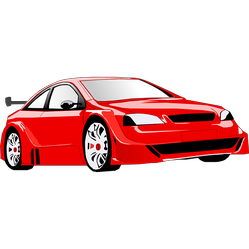

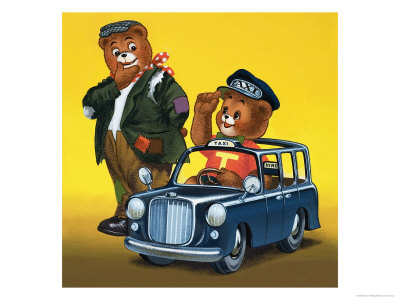

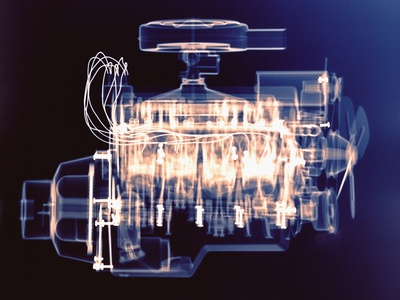
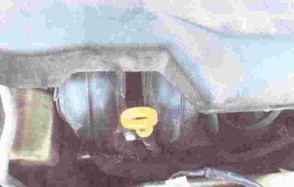
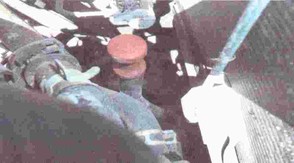




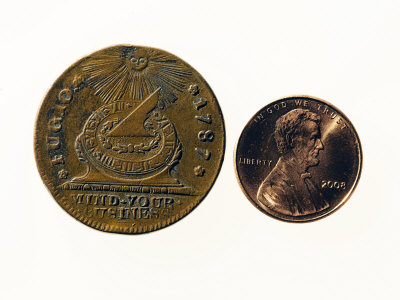
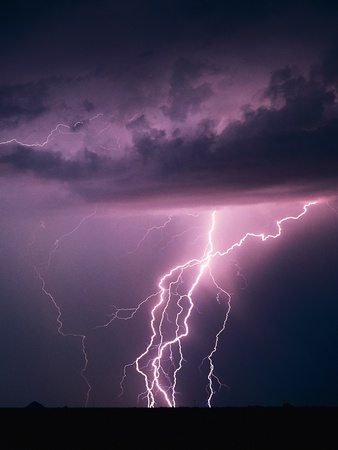


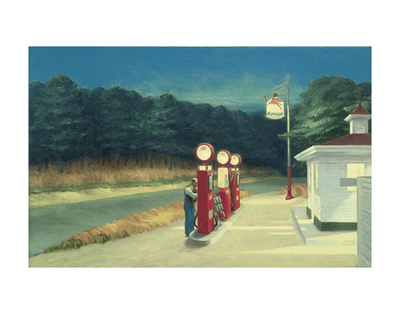

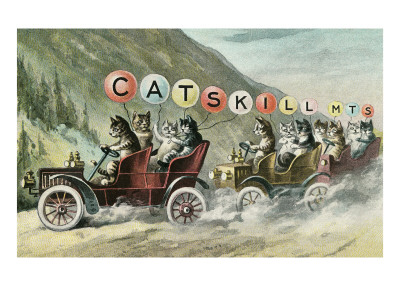
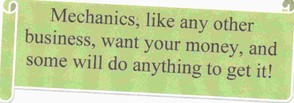

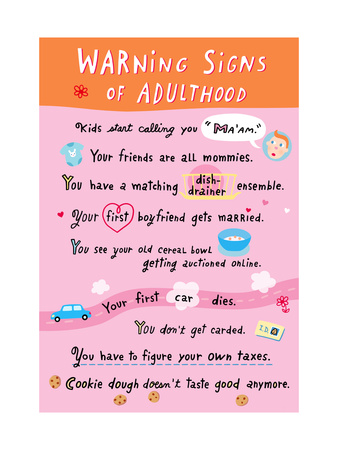




 Fruit and vegetable juice or whole fruits and vegetables, which is better for youon 04/23/2013
Fruit and vegetable juice or whole fruits and vegetables, which is better for youon 04/23/2013
 How to use memory wire to create jewelryon 12/19/2012
How to use memory wire to create jewelryon 12/19/2012
 The Spriteon 11/27/2012
The Spriteon 11/27/2012
 How to keep your feline companions safe and content during the holiday seasonon 11/10/2012
How to keep your feline companions safe and content during the holiday seasonon 11/10/2012
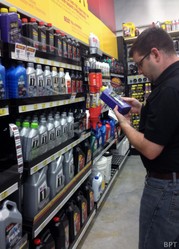
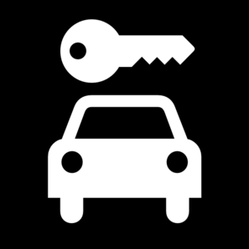
Tell me what you think:
I'm glad it is helping. I had to do it all myself while my kids were growing up and I know something like this would have been a great help.
PS thanks for answering the question, I'll go check it out right now. :)
This is a great resource, I appreciate it as I'm becoming more aware of this, my 15 year old is going for her drivers temp and I've been making the effort to do these things myself instead of taking the car to the shop for every little thing, so she learns. It's wonderful, I'm realizing I can and should be doing so much of this myself.
P.S. I answered your question in the comments section of my wizz you left the last comment on, if you have further questions let me know. :)